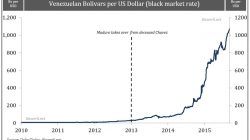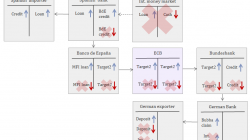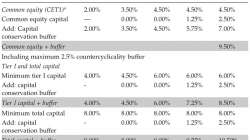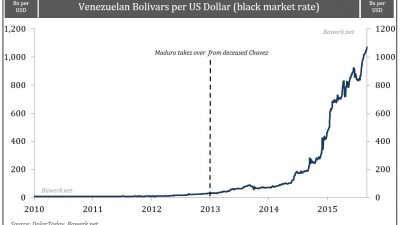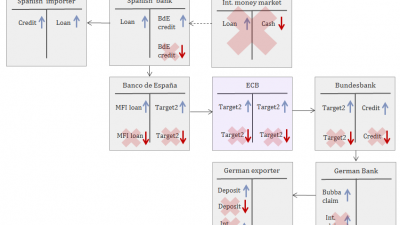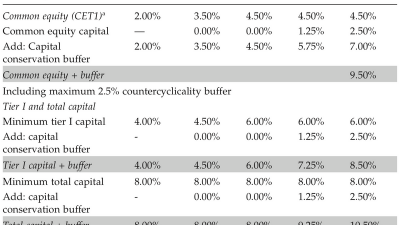In the world of finance, the Federal Reserve holds a position of immense power and influence. As the central banking system of the United States, the Fed plays a crucial role in shaping the country’s economic landscape. One key tool in the Fed’s arsenal is the strategy known as quantitative easing, or QE. This controversial policy involves the central bank purchasing large quantities of government securities in order to stimulate the economy. However, as economic conditions improve, there is growing speculation that the Fed will soon begin tapering its QE program. In this article, we will explore the reasons why the Federal Reserve is likely to taper in September.
Increased Economic Stability
One of the primary reasons why the Federal Reserve is expected to taper its QE program is the overall improvement in the US economy. In recent months, key indicators such as job growth, inflation rates, and GDP growth have all shown positive trends. This increased economic stability has led many policymakers to believe that the time is right to scale back the Fed’s intervention in the market. By tapering QE, the Fed can signal its confidence in the strength of the economy and begin the process of normalizing monetary policy.
Rising Inflation Concerns
Another factor driving the Fed’s decision to taper is the growing concern over inflation. As the economy continues to recover, there is a risk that excessive QE could lead to runaway inflation. Inflation erodes the purchasing power of consumers and can have detrimental effects on the overall health of the economy. By tapering QE, the Fed can help to mitigate these inflationary pressures and ensure that price stability is maintained. This proactive approach to inflation management is a key aspect of the Fed’s mandate and underscores the importance of tapering at this stage.
Global Economic Implications
It’s not just the domestic economy that is influencing the Fed’s decision to taper. Global economic conditions also play a significant role in shaping monetary policy. As the world’s largest economy, the United States has a ripple effect on economies around the globe. The Fed’s actions have far-reaching implications for international trade, investment, and financial markets. By tapering in September, the Fed can help to stabilize global markets and provide a sense of certainty to investors worldwide. This coordinated approach to monetary policy is essential for fostering a climate of economic cooperation and stability.
Market Expectations and Communication
Central to the Fed’s decision-making process is its commitment to clear and transparent communication. The Federal Reserve strives to be as open and forthcoming as possible in its policy decisions, in order to guide market expectations and avoid unnecessary volatility. By signaling its intention to taper in September, the Fed can give investors ample time to adjust their strategies and positions accordingly. This proactive communication strategy helps to prevent market disruptions and ensures a smooth transition to a post-QE environment.
Long-Term Economic Planning
Looking beyond the immediate future, the Federal Reserve is also concerned with the long-term health of the economy. By tapering QE now, the Fed can lay the groundwork for sustainable growth and stability in the years to come. Excessive reliance on QE can create artificial distortions in the economy and lead to unsustainable levels of debt and risk. By gradually reducing its intervention, the Fed can help to rebalance the economy and establish a more solid foundation for future prosperity. This forward-thinking approach to economic planning is a hallmark of the Fed’s commitment to responsible stewardship.
In conclusion, the decision to taper QE in September is a complex and multifaceted one. It reflects a careful assessment of economic conditions, inflationary risks, global dynamics, and long-term planning considerations. By tapering at this juncture, the Federal Reserve is signaling its confidence in the economy, its commitment to price stability, and its dedication to effective communication and policy implementation. While the road ahead may be uncertain, one thing is clear: the Fed’s decision to taper is a pivotal moment in the evolution of US monetary policy.


